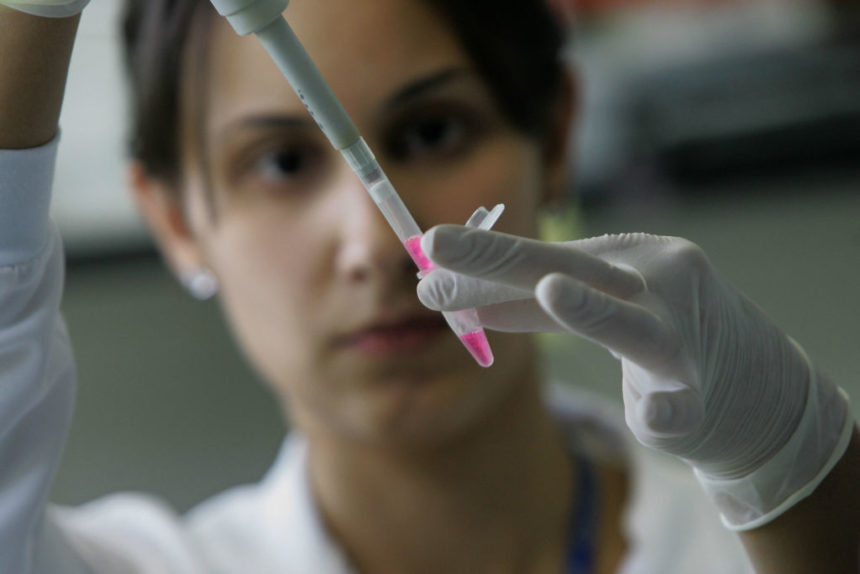NTLA-2002, Intellia Therapeutics’ CRISPR-based treatment for hereditary angioedema (HAE), continues to look durable through Phase 1, the company said Monday.
The single-dose treatment was associated with a 95% mean monthly attack rate reduction across three different doses. Meanwhile, nine out of 10 patients in the Phase 1 portion of the ongoing Phase 1/2 study trial remained attack-free for about a year or more.
“This is the strongest evidence yet that this approach may lead to a functional cure for this disease,” Intellia CEO John Leonard said during a webcast this morning with analysts to review the results.
Leonard said Intellia expects to complete enrollment for its Phase 2 study by the second half of the year.
HAE is a genetic disease that affects about 6,000 patients in the U.S. It’s marked by severe, recurring and unpredictable inflammatory attacks on the arms, legs, face and throat. These attacks are not only disruptive to patients’ quality of life but can be life-threatening, attacking the gastrointestinal tract and leading to asphyxia.
An in-vivo, genome-editing treatment, NTLA-2002 targets the KLKB1 gene in liver cells to reduce production of Kallikrein protein with the goal of achieving life-long control of HAE attacks after a single dose. All three doses (25 mg, 50 mg and 75 mg) were administered via intravenous infusion and HAE attacks as well as plasma Kallikrein protein levels were measured for each patient.
Nine patients achieved a greater than 60% plasma Kallikrein reduction, the target threshold which management highlighted to yield a clinical response inline or superior to standard of care. All patients were attack-free at the end of a 16-week primary observation period and remained so for about a year or longer. The reductions were consisten even in patients with the highest historic monthly attacks rates and all doses appeared to be well-tolerated.
One mild attack was seen following a sports injury in the 25 mg cohort in a patient who did not achieve this level of reduction. However, the attack was mild and occurred following minor hand swelling precipitated by a sports injury. The event did not require any medical intervention or acute therapy, Intellia reported, and the patient has not experienced any further HAE attacks.
All six patients who were on preventive treatment have discontinued their HAE medications and have experienced no further attacks. Intellia has begun dosing the Phase 2 portion at 25 and 50 mg versus placebo.
Although HAE is a rare disease, it’s a category with multiple treatment options. However, there’s still an unmet need.
“We need drugs that have better efficacy, drugs that are tolerated much better and drugs that can be used less frequently,” said Dr. Timothy Craig, tenured professor of medicine, pediatrics and biomedical sciences at Penn State University and a paid consultant for Intellia, also during the company’s webcast.
As a potentially curative treatment, NTLA-2002 would be a big advance for a field which has shifted over the years from treatment to prevention of attacks.
“Collectively, this data continues to position NTLA-2002 to demonstrate potentially best-in-class attack rate reduction (noting the challenges of cross-trial comparisons) at the 50 mg dose in the Phase 2 study,” wrote SVB Securities analyst Mani Foroohar in an investor note Monday.
The data on NTLA-2002 were shared as part of a late-breaking presentation at the European Academy of Allergy and Clinical Immunology last week. Among other recent data readouts impacting the HAE pipeline, Ionis Pharmaceuticals reported durable results after two years of treatment in a Phase 2 open-label trial for donidalorsen, its prophylactic HAE therapy.
Ionis has completed enrollment in a Phase 3 HAE study, which is evaluating the safety and efficacy of donidalorsen in preventing angioedema attacks. Topline data from the study are expected in the first half of 2024.








